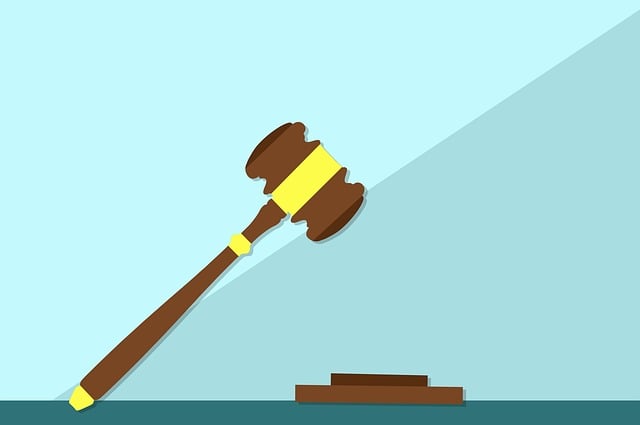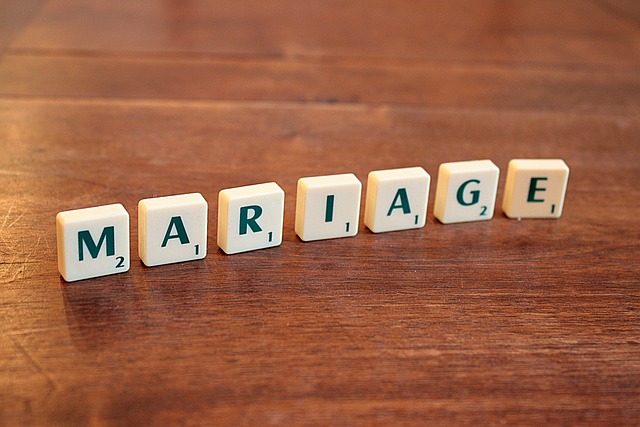Recall lists for defective children's products are critical resources that protect young consumers by identifying items with potential risks. Parents, caregivers, and educators can use these lists to prevent injuries or deaths, guide purchases of second-hand items, and ensure businesses comply to avoid legal issues. Staying informed through reliable notification systems, inspecting products for damage or unusual wear, checking product history, and taking immediate action upon discovering a recall are essential steps in mitigating risks associated with defective children's products.
Recall lists are vital resources in ensuring the safety of children, offering crucial information about potential defects in toys and other products. Understanding these lists can protect you from inadvertently exposing your kids to hazardous items. This article guides you through the process of checking recall lists for defective children’s products, empowering parents to take swift action and keep their families safe. We’ll break down the steps involved and offer advice on what to do when a product is recalled.
- Understanding Recall Lists and Their Importance
- Checking for Defective Children's Products: Step-by-Step Guide
- What to Do If Your Product is Recalled
Understanding Recall Lists and Their Importance

Recall lists for defective children’s products are crucial resources for ensuring the safety of our youngest consumers. These lists, maintained by regulatory bodies and manufacturers, highlight products found to have defects that could pose a risk to users, especially children. Understanding recall lists is essential for several reasons. Firstly, they provide critical information about potential hazards associated with specific items, enabling parents, caregivers, and educators to take immediate action to protect children. Secondly, being aware of recall lists can help prevent accidental injury or even death related to defective products, which are often common in auto accidents involving child passengers or in scenarios where a product malfunction leads to physical harm.
Moreover, knowledge of recall lists is valuable for parents who may be considering purchasing certain items second-hand. This awareness ensures they avoid buying potentially dangerous goods and promotes safer practices in the event that a child comes into contact with a recalled item. Similarly, businesses dealing with children’s products need to stay updated on recalls to manage inventory, issue warnings, or even face legal repercussions for breach of contract if found selling defective items, as seen in numerous contract disputes involving product liability.
Checking for Defective Children's Products: Step-by-Step Guide

Checking for defective children’s products is a crucial step in ensuring the safety of young users. It involves a systematic process that every parent, caregiver, and retailer should be aware of. The first step is to stay informed about product recalls by subscribing to reliable notification systems offered by government agencies or consumer protection organizations. These alerts keep you updated on any recent discoveries of defective items.
Next, examine the product in question thoroughly. Look for visible signs of damage, unusual wear patterns, or any deviations from the expected functionality. If possible, compare it with a working model to identify potential flaws. In cases where the product has been used, inspect its history—check for previous repairs, modifications, or reports of similar issues. This step is especially important when dealing with second-hand items. Remember, prompt action is vital; if a recall is announced after purchasing, contact the manufacturer immediately and follow their guidelines for replacement or repair to resolve the issue effectively, avoiding potential risks associated with defective children’s products, which could lead to serious commercial disputes, employment disputes, or real estate disputes due to liability concerns.
What to Do If Your Product is Recalled

If your child’s product is among those included in a recall due to defects that pose a risk to their safety, it’s crucial to take immediate action. The first step is to carefully review the recall notice or announcement from the manufacturer or relevant regulatory authority. This will provide essential details about the specific defect, the scope of the recall, and the recommended course of action.
In such situations, your priority should be the well-being of your child. Immediately remove the product from their reach and follow the instructions provided in the recall notice. This might involve returning the item to the manufacturer for replacement or repair, or disposing of it safely according to local guidelines. It’s also advisable to stay informed by checking regular updates from official sources regarding the recall process, especially if there are any known risks associated with similar products on the market. Additionally, document any financial losses incurred due to the defective product, as this could be relevant in insurance disputes or partnership disagreements related to product liability.
Recall lists are crucial resources in ensuring the safety of our children. By understanding how to navigate these lists and checking for recalled defective children’s products, we can take proactive steps to protect our families. Following a simple, step-by-step guide ensures that any potential hazards are identified and addressed promptly. If your product is on a recall list, knowing the next steps allows you to act quickly, safeguarding your child from preventable harm.






